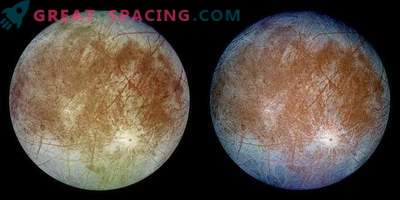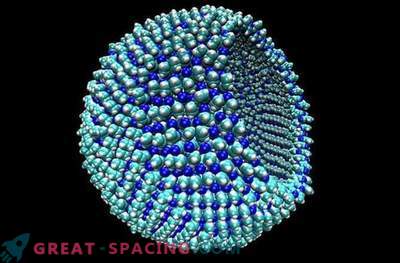
The prospect of seasonal liquid water flowing over the surface of Mars instantly revived discussions about the fact that the planet is most similar to the Earth in the Solar System and can have life today. But this is not the only place that scientists explore.
This week, at the congressional hearings, scientists put forward their first four candidates for extraterrestrial life in the Solar System. Other researchers scanned radio and optical emissions from distant stars to capture technically advanced civilizations. In the future, scientists plan to look for chemical signs of life in the atmospheres of the planets circling among nearby stars.
Here is a look at the most likely places to live among the neighbors of the Earth.
Mars
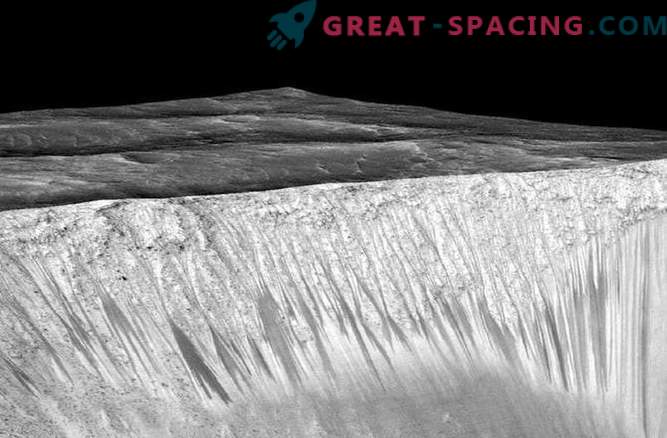
NASA chief scientist Ellen Stofan unhesitatingly informed the authorities that Mars was, in her opinion, the first candidate for the search for life outside the Earth.
“We now know that Mars was once a water world, just like the Earth, with clouds and water cycle, and at the moment is really some kind of running water on the surface. For hundreds of millions of years, about half of the northern hemisphere of Mars was the ocean, perhaps in some places up to a mile deep, ”said Stofan.
“The life that we know needs liquid water that has been constantly on the surface of the planet for a very long time. That's why Mars is our main object in search of life in the solar system, ”she added.
The next NASA rover, planned to launch in 2020, it will be equipped with tools to search for ancient microbial life, although Stofan, a geologist by training, believes that in order to make a final conclusion on Mars we need astronauts, drilling rocks and conducting experiments.
Europe
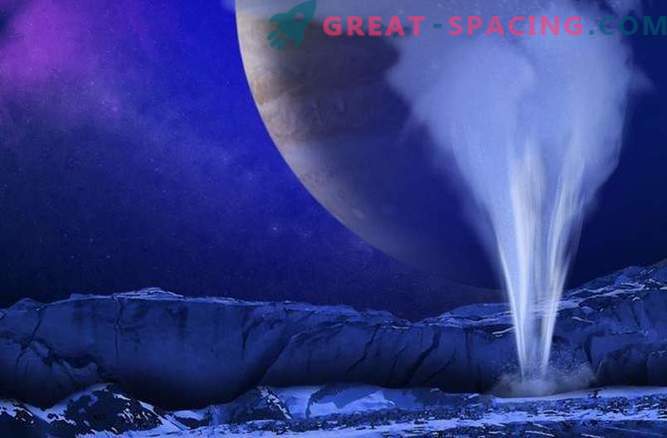
The satellite of Jupiter Europe has dimensions similar to that of the Earth’s satellite, but it has a salty ocean that has two times more water than the oceans of the Earth.
The seas of Europe are in contact with the stony core, which provides suitable conditions for the origin of life. The satellite also has abundant energy sources. This leaves one big question about the search for life: is there organic matter?
The expedition, preparing to launch in 2020, will try to find organic matter that has gushed from the sea through cracks in the icy surface of the satellite. She will also search for a mysterious plume from water vapor over the southern polar region Europe, which was discovered in 2012 by the Hubble Space Telescope.
Scientists also want to know how deep in the ocean the frozen bark of Europe is buried.
“This will be of great importance in drawing up a strategy for the search for life,” said Jonathan Lyunin, a scientist at the Cornell University of the Planets, to the chamber's committee on space science and technology.
“There are so many developments that need to be applied to Europe ... if there is fresh organic matter in the cracks, then this is a good place to work,” he said.
Enceladus

One of the most unexpected surprises from NASA’s Cassini mission on Saturn was the discovery of magma pylons in the space of Enceladus, known as the host of the global underground oceans.
“Make a list of requirements for terrestrial life — liquid water, organic matter, minerals, energy, and chemical gradients, and Cassini found evidence of all of this in a torch,” said Jonathan Lunin of Cornell University.
“The easiest way to see life is to fly through the train, which Cassini spent a lot of time with modern tools that can detect signs of life,” he said.
Titan
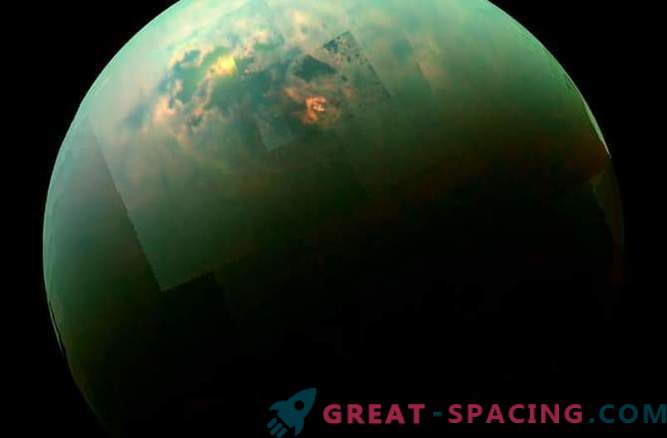
Saturn’s largest satellite Titan provides intriguing perspectives for finding life, although it would probably be very different from everything found on Earth.
This is the only satellite in the solar system with a thick protective atmosphere. Cassini and his companion, the Huygens descent vehicle, showed the world methane clouds, rain, ravines, river valleys and seas of methane and ethane.
“We cannot help asking if some biochemical new life forms can arise in this exotic, cold environment,” said Jonathan Luninis of Cornell University. “Titan is a test for the universality of life as a result of cosmic evolution.”
To find life, said Lyunin, you need a spacecraft in the form of a lowered capsule in the sea of Titan, which can float on the surface and make measurements.
“We don’t know what we are looking for here, so a generalized search for models and molecular structures and contents that indicate deviations from inanimate (non-biological) chemistry is appropriate,” he said.
Earth
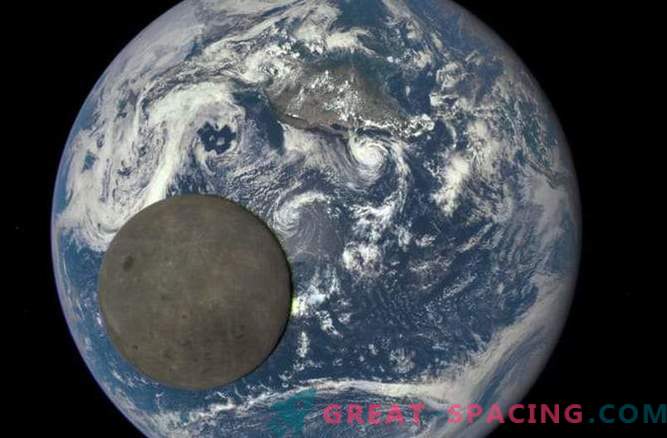
While we know about the existence of life on only one planet, the Earth, but scientists do not know how it appeared, and whether it appeared from the first time or there were more unsuccessful attempts before getting the final result.
“Only the Earth is now an example of a habitable planet, the search for life is also necessary for the further development of our understanding of life on Earth,” said NASA lead scientist Ellen Stofan.
“We know organisms that are tough, tenacious, metabolically diverse, and well adapted to local environmental conditions,” she added.
Scientists have discovered living microbes that consume what is considered toxic to others and organisms that can withstand radiation, cold, heat, and other extreme conditions. “We know that here, on Earth, life developed very quickly, after conditions stabilized. This is a factor that allows us to optimistically assert that there is life in other parts of the solar system, ”said Stofan.
Tips on how life began on Earth can be saved on the Moon, which contains a geological record of the first billion years of the Earth.
“This is the time when life began on Earth. To understand what is happening geologically, we cannot do anything better than to pay attention to the moon, ”said Jonathan Lunin of Cornell University.
“We really do not have a laboratory model of the origin of life on Earth,” he added. “One of the reasons for studying the environment of our solar system, where, apparently, there are conditions for life, is something that can be seen in reality as life originates to make an experiment in natural conditions, and not in a laboratory.”
“It is wonderful that we found four directions in our solar system, where life may actually exist or existed for some time in the past. Now is the time to actually start the search, ”he said.



